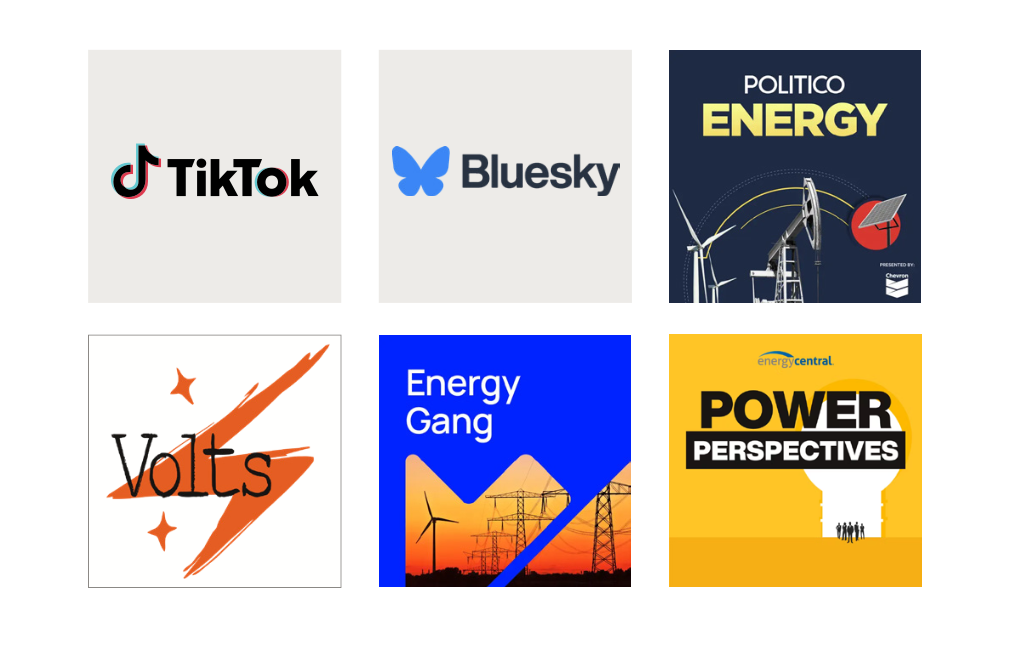The energy sector is in the spotlight like never before. Companies are navigating the demands of evolving policies, historic load growth, and public scrutiny. To succeed, energy communicators must adapt to new media channels, sharpen their perspectives and storytelling, and engage both national and local audiences in meaningful ways.
Let’s look at four trends shaping today’s most competitive energy communications strategies.
1. Emerging media is on the rise and influencing national topics
The energy media landscape doesn’t begin and end with traditional news outlets. As newsrooms shrink across the country, highly trusted and esteemed reporters are moving to emerging media platforms like podcasts, Substacks, newsletters, and social media. Building relationships with emerging media requires new communications strategies, and the result is well worth it. Getting your story out among these media influencers lends credibility and can shape industry conversations.

2. Reporters want big-picture relevance, real-world examples, and unique POVs
To earn media coverage in a hyper-competitive landscape, companies need to go beyond their products and services and tie their impact to the macro stories driving the news cycle. Spokespeople will be asked about policy, projects, and points of view, so interview preparation and media training are critical.
Here’s what we’re hearing from energy reporters:
- “We’re going to ask about policy, tariffs, the administration.”
- “We’re still reporting on other topics, but they get held up. We have smaller window for other stories.”
- “Fit into my larger topics! We cannot write about companies. What do you have to say about economic decline/growth, what does your solution mean for the electricity bill?”
3. The infrastructure conversation is local, and it’s charged
The U.S. is in the midst of an infrastructure renaissance to support economic growth and rising energy demand. Projects like AI data centers, high-tech factories, battery storage sites, and new transmission lines are being pitched, planned, and developed at a record scale. Infrastructure projects impact people and land, which means companies need regional communications strategies that resonate with local populations.
4. Generative AI is elevating the value of press releases and media relations
In a recent study, Forrester found that 89% of B2B buyers are using generative AI tools at every stage of the purchase process. As the use of AI tools skyrockets in the workplace, it’s becoming more and more critical for companies to optimize their web presence for AI search engines in addition to traditional SEO. Media relations are a key pillar of this strategy.
- High-authority media sources — including national publications, reputable trades, and well-ranked vertical blogs — are top citations in AI outputs.
- AI tools often pull product milestones and partner news from self-hosted and well-distributed press releases.
- Well-recognized brands receive stronger AI visibility, and companies that are mentioned in proximity also benefit from that glow. This makes promoting strategic partnerships and customers even more important.
Why These Trends Matter
Companies that keep a pulse on these shifts in the energy communications landscape — and adjust their strategies accordingly — will be best positioned to control their narrative, strengthen stakeholder trust, and stand out in an increasingly crowded space. At INK, we specialize in exactly that. We help energy companies stay one step ahead, harnessing communications as a competitive advantage and accelerant for growth and impact.
Ready to drive results with a communications partner who gets it? Let’s talk!



